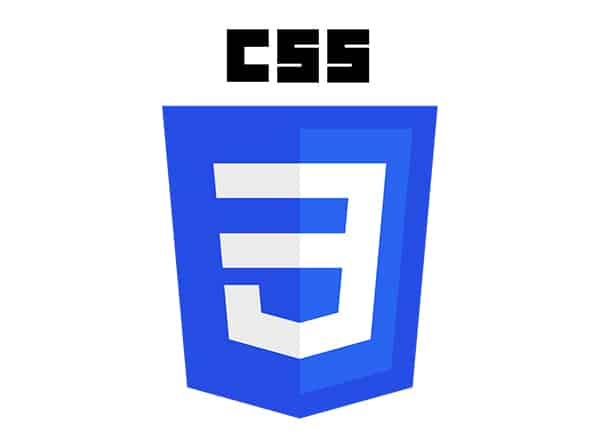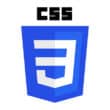When it comes to using CSS, there are several best practices to follow in order to optimize performance, write efficient code, and organize code using modules.
One of the most important aspects of CSS is optimizing performance. This can be achieved by minifying CSS files, which can help reduce file size and lead to faster load times. In addition, using CSS preprocessors such as SASS and LESS can help make your CSS more efficient by allowing you to use variables, mixins, and functions. Another way to optimize performance is to reduce HTTP requests by combining multiple CSS files into one, which reduces the number of HTTP requests required to load all of your styles.
Efficiency is also an important consideration when writing CSS. One way to write efficient code is to use shorthand properties, which can help reduce the amount of code you need to write. It’s also important to avoid using too many selectors, as this can lead to slower load times. Instead, try to keep your selector usage to a minimum and use efficient selectors where possible. For example, using ID selectors is faster than using class selectors.
Organizing code using modules is also crucial for maintaining efficient and manageable CSS. A naming convention for your CSS classes and IDs can help keep your code organized and easy to read. Breaking your CSS into smaller, reusable modules can make it easier to manage and maintain. Alternatively, consider using a pre-built CSS framework like Bootstrap or Foundation, which can provide a solid foundation for your CSS code.
By following these best practices, you can ensure that your CSS is fast, efficient, and easy to manage. Your website will load faster, have a smaller file size, and be easier to maintain and update in the long run.



